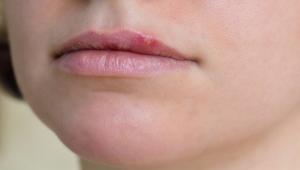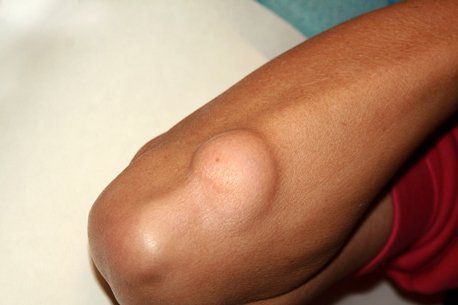Surprising Health Conditions Dermatologists Can Diagnose
- By Admin
- •
- 11 Jun, 2018

When you think about being diagnosed by a dermatologist, you might think about skin cancer or acne. The truth is that dermatologists have many more responsibilities than you might realize. Dermatologists sometimes diagnose underlying conditions you aren't even aware of.
Next time you talk to your dermatologist, you might be surprised that there is more to your skin than you previously thought. In fact, seeing your dermatologist can be great for your overall health.
Celiac Disease
If your skin breaks out into clusters of blisters, especially around the elbows, knees, bottom, and head, you may have celiac disease. The bumps that develop may closely resemble herpes, but they are unrelated. They are often mistaken for eczema.
Often, people with celiac disease exhibit no digestive symptoms. Many don't even realize that their skin condition is linked. Fortunately, the condition is treatable. You may experience brighter, healthier skin after changing to a gluten-free diet.
Diabetes
Diabetes is not an uncommon disease, but many people do not even realize that they have it. Many people with pre-diabetes actually display thick patches of skin, often near the neck and armpit areas. They are called acanthosis nigricans, and they may look more similar to brown ink spots.
This condition presents with brown-tinted raised spots. In most cases, individuals with these spots are overweight. Losing weight is one way to prevent these spots, and it can also prevent diabetes.
Dietary Issues
Nutritional issues also come out in the skin. Your skin could tell the doctor that you have some sort of vitamin deficiency. Even when your body fails to tell you, your skin provides unique insight sometimes only a dermatologist can pinpoint.
Individuals lacking in Vitamin A may experience a condition known as phrynoderma, more commonly referred to as toad skin. Individuals on restricted calorie diets tend to experience this problem the most.
Lupus
Have you ever noticed a light redness to the top of your cheeks, similar to a sunburn? This symptom could be a sign of lupus. Lupus is a condition in which the body tries to attack itself. The condition can be dangerous if not addressed.
The redness in the cheeks tends to become most prominent after exposure to the sun. Discoid lupus may present as red and scaly, thicker than most skin conditions. Some people might not notice these spots because they do not cause any pain or itch. Unfortunately, they can lead to hair loss when they occur on the scalp.
Some types of lesions are only apparent when an active lupus flare-up is present. If you do not know that you have lupus but experience odd spots on your skin, you may benefit from a visit to the dermatologist.
Crohn's Disease
Inflammatory bowel diseases surprisingly cause skin issues for many people. Many people do not realize that digestive issues can manifest in the exterior of the body.
In many cases, Crohn's disease displays fissures and nodules. Erythema nodosum is the most common Crohn's disease symptom that exhibits on the skin, typically with red and purple spots.
Unfortunately, this skin issue is also accompanied by physical symptoms. It may begin to feel like you have the flu before the skin erupts. You may also feel warm over the parts of the body where the spots develop.
When you notice something off about your skin, you have options. You do not have to suffer in silence with symptoms. Your doctor can address your symptoms and help you find the root of the problem.
San Antonio Skin & Cancer Clinic offers excellent care for your skin, and we can find the problems that are more than just skin-deep. Call today to schedule an appointment.

 210-614-3575
210-614-3575














